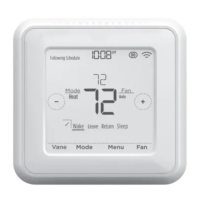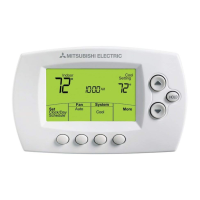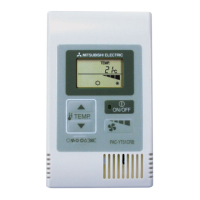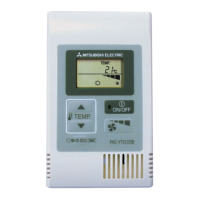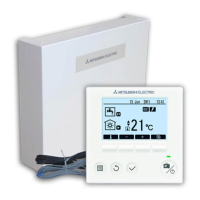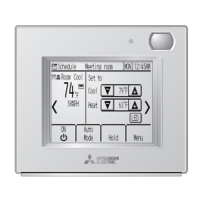Chapter 9
191
Logic programming – Function blocks
The following truth table describes the synchronization conditions for double dual-
channel evaluations (2 pairs):
Status of the
dual-channel
evaluation pair 1
Status of the
dual-channel
evaluation pair 1
Synchronization
timer
*1
Synchronization
status
Enable
output
Synchronization
error output
Inactive or
discrepant
Inactive or
discrepant
0 Inactive 0 Unchanged
*2
Inactive or
discrepant
Active
<
Synchronization
time
Discrepant 0 Unchanged
Active
Inactive or
discrepant
<
Synchronization
time
Discrepant 0 Unchanged
Active Active 0 Active
*3
1 0
x x
≥
Synchronization
time (timeout)
Error 0 1
*1 If the discrepancy time is active (> 0), the discrepancy timer is restarted on the first signal change
resulting in a discrepant status. If the discrepancy time is inactive (= 0), the discrepancy timer does
not start, i.e. a timeout will never occur.
*2 Unchanged = Last status is preserved.
*3 If the correct sequence has been observed.
For the change between the different states of the double dual-channel evaluation
(synchronization evaluation) the following rules apply:
The synchronization evaluation can only change to Active (Enable output changes
from Low to High), if …
since the last Active synchronization status at least once the status was Inactive.
For the Two hand control type IIIC function block both dual-channel evaluations
must be Inactive at the same time, for the Safety gate monitoring function block this
can occur at different times as well. It is not possible to switch from Active to
Discrepant and back to Active.
the synchronization time has not elapsed or the synchronization time is deactivated,
and
after the state change of the MELSEC-WS safety controller from the Stop state to
the Run state the synchronization status has been at least once Inactive. So if at
the time of the transit to the Run state the inputs already stand for the Active status,
the Enable output remains Low nevertheless.
A synchronization error (timeout) is reset, if the Active synchronization status has been
reached, i.e. the Enable output changes to High.
When defining values for the synchronization time the following must be observed:
The synchronization time …
must be greater than the logic execution time,
has a tolerance of +/- 10 ms in addition to the logic execution time. The logic
execution time depends on the number and type of function blocks used and is
shown in the Setting and Monitoring Tool in the logic editor on the FB info tab and
also in the report.
If signals from tested sensors are connected to WS0-XTDI or WS0-XTIO modules,
the synchronization time should be at least the set Test gap (ms) plus the Max. off-
on delay (ms), because a signal change at the module input can be delayed for this
time. Both values are displayed in the Setting and Monitoring Tool report for the
used test output.
Table 82:
Double dual-channel
evaluation (synchronization
evaluation)
Note

